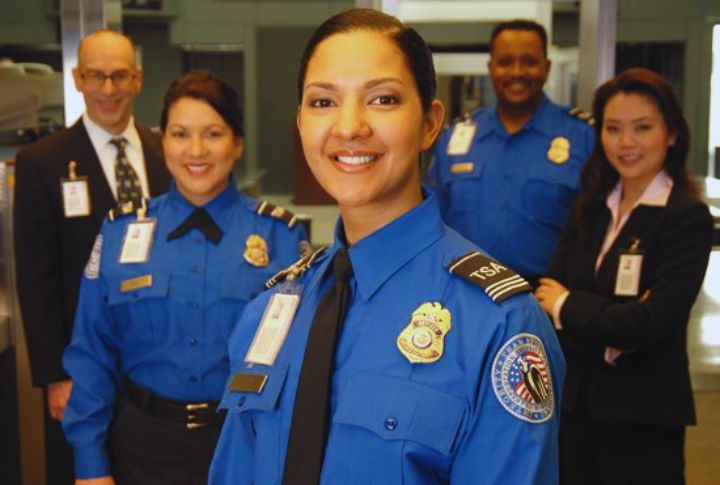
Air travel in 2025 demands more than just a packed bag and a passport. TSA policies are shifting how travelers check in and pass through security. These changes affect the timing and the tools travelers use. Understanding what’s different this year could be the key to a faster and less stressful airport experience.
New Liquid Screening Technology At Select Airports
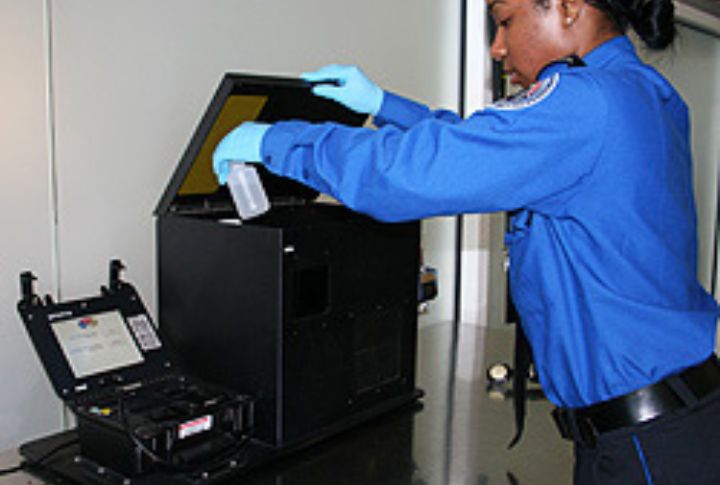
Leave your tiny toiletry bags behind! New Computed Tomography (CT) scanners are rolling out across major U.S. travel hubs, allowing liquids and laptops to stay in the bag. Faster processing makes the journey smoother and more efficient for everyone in 2025.
Stricter Screening For Powdered Substances
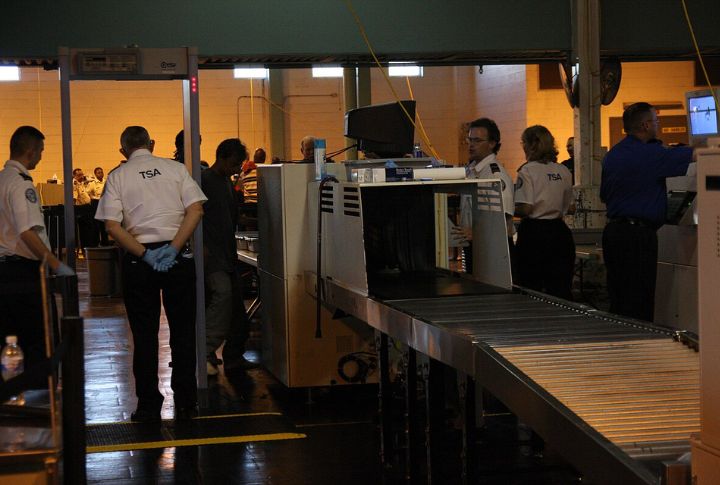
Since 2024, stricter checks have been applied to powders over 12 ounces, as some can conceal explosive materials. Items like protein, baby formula, or spices must be separated before you get to screening, especially on international flights. Security now relies on advanced trace particle detection to identify potential threats.
Enhanced Protocols For International Arrivals
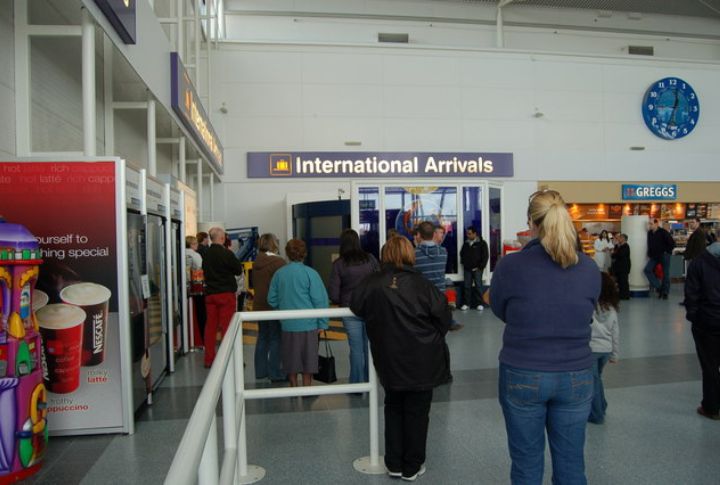
Jetting in from abroad? TSA has a welcome party, complete with extra measures! Arrivals from certain countries may face extra checks thanks to enhanced risk-based targeting. It’s not personal, it’s policy. So stay chill and maybe skip packing that mystery meat snack.
Mobile ID Integration At Security Checkpoints
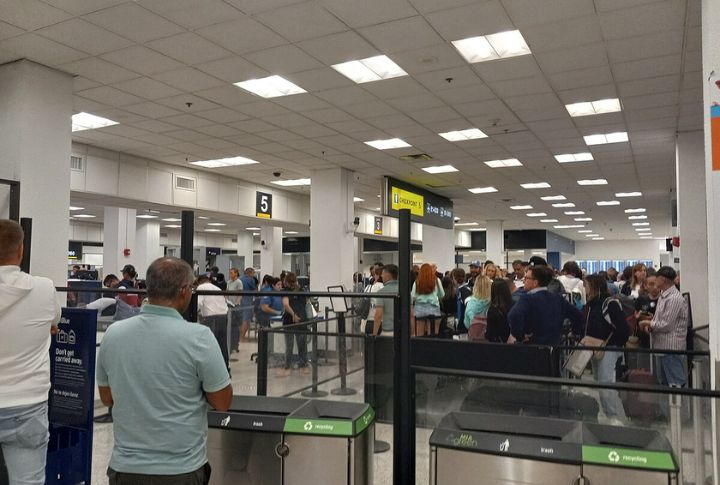
Digital IDs are now a thing. Apple Wallet and Google Wallet allow air travelers to present their driver’s license at select airports. The system offers a secure and efficient process, but not all states support it yet. Check eligibility before leaving your physical card behind.
Increased Use Of AI For Threat Detection

AI never blinks. Advanced algorithms scan baggage with great speed, which is vital for handling over 2 million people each day. The system detects threats while identifying anomalies and refining its accuracy over time. You pack, and the technology analyzes. Security just became smarter, quietly monitoring every carry-on.
Biometric Facial Scans Expanding At Checkpoints
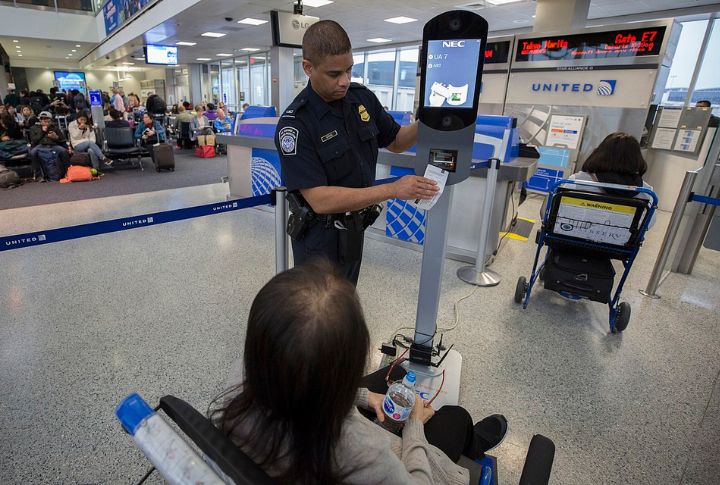
Biometric facial scans are the latest advancement in identification. A face becomes a passport; a gaze acts as a boarding pass. Machines now recognize individuals by name—no ID required. A quick glance verifies identity, which makes the process faster and more straightforward than ever.
Revamped Screening For Families With Children

Imagine your toddler crying in line. Now, picture a checkpoint designed for families. New lanes ease the hassle with fewer bag checks and stroller-friendly spaces. It is no longer necessary to remove kids’ shoes. A calmer, more thoughtful approach makes the experience less stressful for parents and children.
New Guidelines For Travellers With Medical Conditions

No, your inhaler isn’t dangerous. But security still needs to check it, just not like before. New policies allow medically necessary items to pass more smoothly. Just declare them upfront to avoid the hassle. Label the meds to avoid triggering the “what’s this tube?” moment.
Increased Randomized Pat-Downs And Secondary Checks
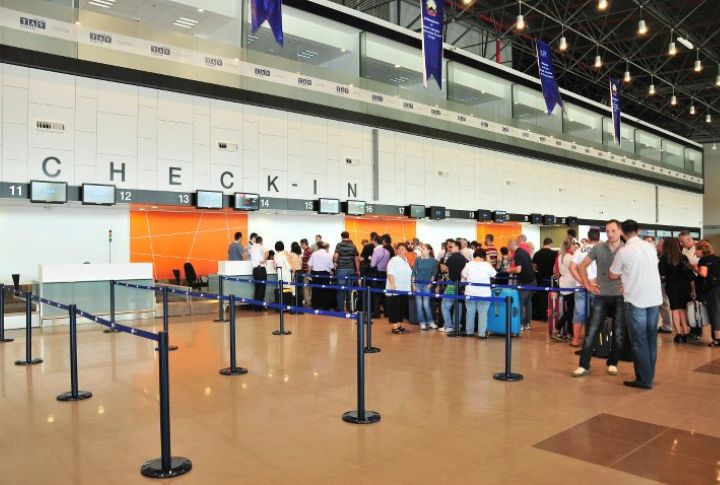
Every pat-down isn’t a punishment. Its policy and unpredictability are tactics. In 2025, randomized checks will help detect evolving threats not flagged by tech. Could it be inconvenient? Sure. But it’s also a quiet reminder: freedom of your movement isn’t free of responsibility.
TSA Launches Self-Service Lanes
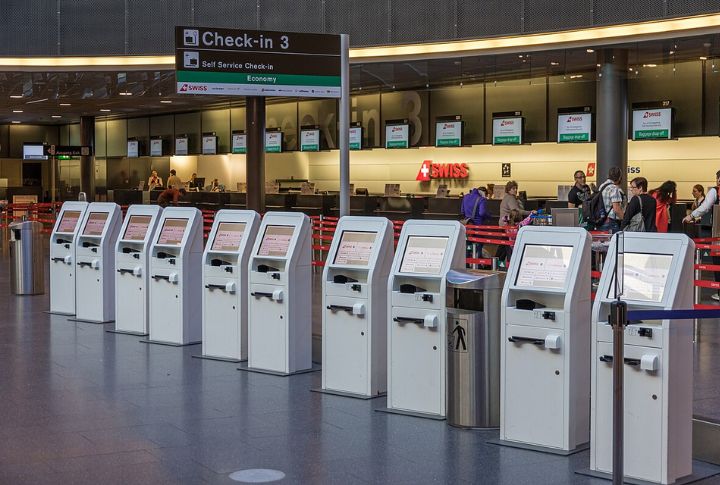
A new self-service system puts more control in the hands of travelers. Scan an ID, step forward, and proceed without an agent having to oversee your every move. The process feels like a DMV kiosk but runs much faster. These autonomous lanes are now appearing at select pilot locations.
